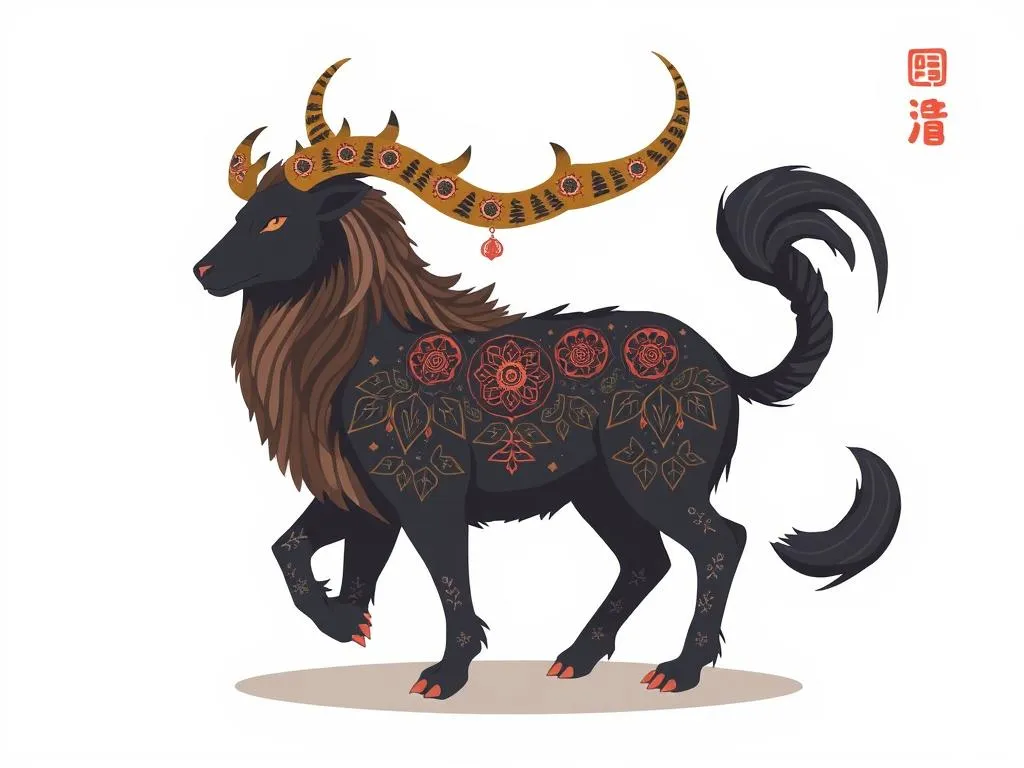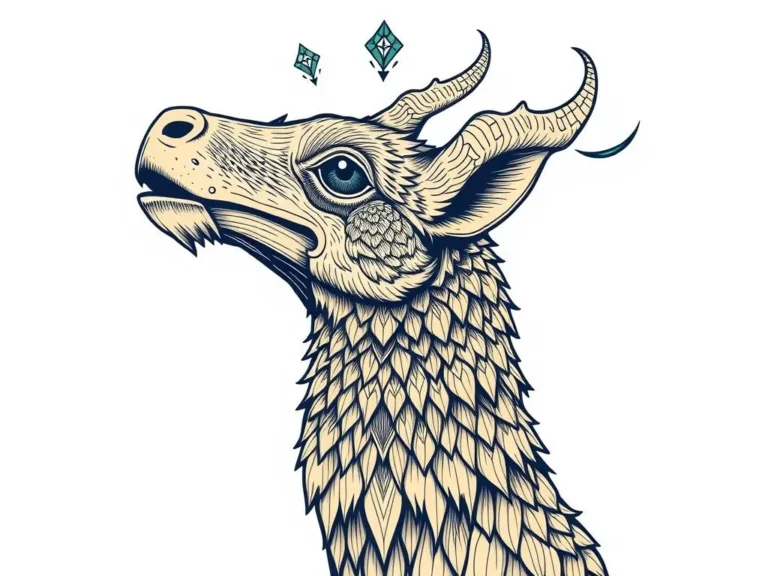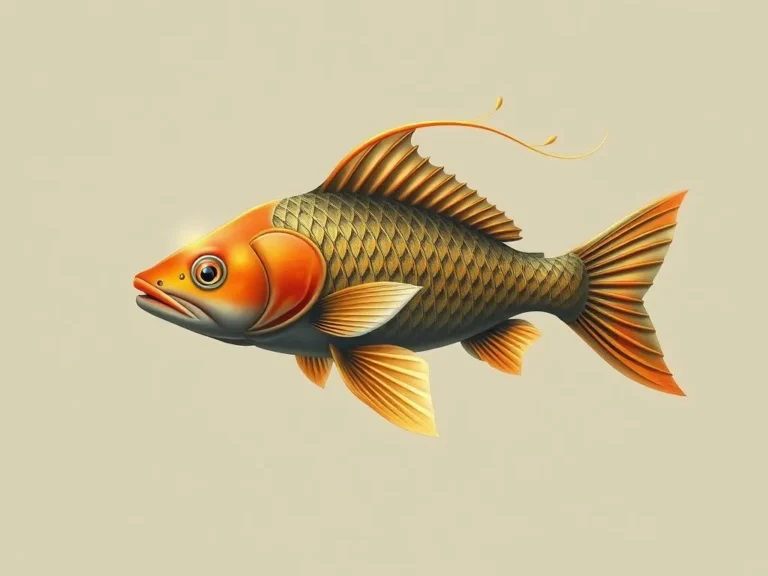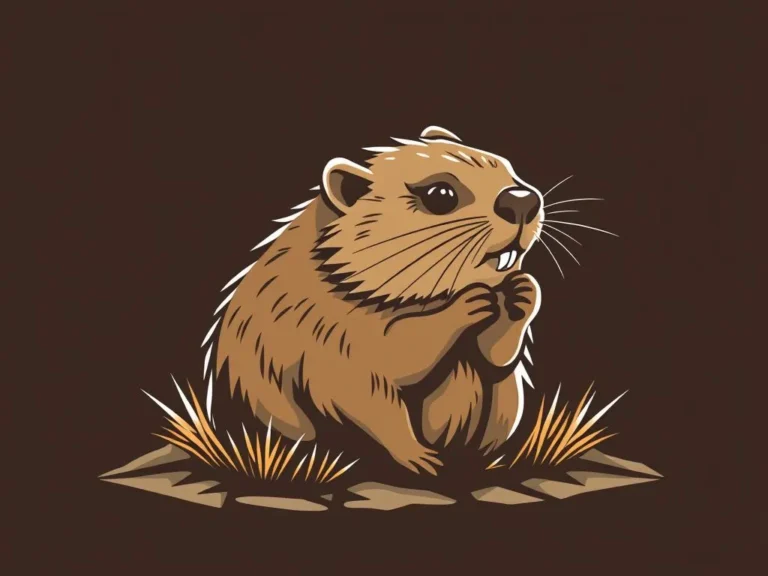Yarara Symbolism: Uncovering the Mysteries of South American Serpent Spirits

Introduction
In the rich tapestry of South American indigenous cultures, the yarara holds a significant place as a revered spirit animal. This venomous pit viper, found throughout the region, has long been imbued with deep symbolic meaning, influencing the beliefs, traditions, and worldviews of many communities. Exploring the yarara symbolism can provide valuable insights into the intricate relationship between humans and the natural world, as well as the spiritual dimensions that shape the cultural identity of these vibrant societies.
The yarara symbolism is a complex and multifaceted concept, reflecting the diverse perspectives and experiences of the people who have lived in close proximity to this enigmatic reptile. By delving into the yarara’s symbolic significance, we can uncover the layers of meaning that have been woven into the fabric of South American indigenous cosmologies, shedding light on the profound connections between the physical and the metaphysical realms.
The Yarara’s Dual Nature
The yarara, like many other serpents, is often seen as a symbol of duality in South American indigenous traditions. On one hand, the yarara is revered for its strength, resilience, and connection to the earth. Its ability to adapt to a wide range of environments and its fierce defensive posture are seen as emblematic of the power and tenacity of the natural world. In this sense, the yarara might mean a connection to the primal forces of the universe, a reminder of the inherent balance and cyclical nature of life.
On the other hand, the yarara’s venomous bite and the threat it poses to human life have also contributed to its symbolic association with danger, transformation, and the unpredictable forces of the spiritual realm. The yarara could suggest a representation of the duality of life and death, the fragility of existence, and the need to respect the delicate balance of the natural world.
The Yarara as a Protector and Healer
In many South American indigenous belief systems, the yarara is often seen as a protector and a healer. The snake’s ability to shed its skin is interpreted as a symbol of renewal, rebirth, and the cyclical nature of existence. This quality might mean that the yarara is associated with the concept of regeneration, both on a physical and a spiritual level.
Furthermore, the yarara’s venom is sometimes used in traditional medicine practices, where it is believed to possess powerful curative properties. The yarara could suggest a representation of the duality of life and death, as its venom can both harm and heal, depending on how it is used. This dichotomy highlights the yarara’s role as a mediator between the physical and the spiritual realms, a conduit for the transformation and rejuvenation of the human experience.
The Yarara’s Relationship with the Earth
In many South American indigenous cultures, the yarara is closely associated with the earth and the underworld. The snake’s ability to burrow and move seamlessly through the soil is often interpreted as a connection to the hidden, subterranean realms of the planet. This could suggest that the yarara is seen as a symbol of the earth’s fertility, a guardian of the secrets and mysteries that lie beneath the surface.
Moreover, the yarara’s coiled posture, with its head raised in a defensive stance, is sometimes interpreted as a representation of the axis mundi, the cosmic pillar that connects the earth to the heavens. This symbolic link might mean that the yarara is seen as a bridge between the physical and the spiritual worlds, a conduit for the exchange of energy and the transmission of knowledge between the realms.
The Yarara in Shamanic Practices
In many South American indigenous traditions, the yarara plays a significant role in shamanic practices and rituals. Shamans, who are often seen as intermediaries between the physical and the spiritual worlds, may invoke the yarara’s power to facilitate healing, divination, and the exploration of the unseen realms.
The yarara’s venom, for instance, might be used in certain shamanic rituals, where its psychoactive properties are believed to induce altered states of consciousness and facilitate the connection with the spirit world. This practice could suggest that the yarara is seen as a conduit for accessing the deeper, more mystical aspects of the human experience, a gateway to the realms of the divine and the unknown.
Furthermore, the yarara’s symbolic association with the earth and the underworld might mean that it is also seen as a guide and protector in the shamanic journey, helping the practitioner navigate the complex and often treacherous realms of the spiritual landscape.
The Yarara in Art and Mythology
The yarara’s symbolic significance is also reflected in the rich artistic and mythological traditions of South American indigenous cultures. In various forms of artistic expression, such as weaving, pottery, and body art, the yarara is often depicted in intricate and stylized designs, representing its multifaceted symbolic meaning.
In the realm of mythology, the yarara might be associated with various deities, spirits, and legendary figures, each with their own unique interpretation and significance. These mythological narratives could suggest that the yarara is seen as a powerful and influential force in the spiritual and cultural worldviews of these communities, shaping their understanding of the natural world and their place within it.
Conclusion
The yarara symbolism is a rich and complex topic that offers valuable insights into the cultural and spiritual traditions of South American indigenous communities. By exploring the various layers of meaning associated with this enigmatic serpent, we can gain a deeper appreciation for the intricate connections between humans and the natural world, as well as the profound ways in which the spirit realm can shape and inform our lived experiences.
Whether the yarara is seen as a symbol of power, transformation, or the delicate balance of life and death, its enduring presence in the cultural and spiritual landscape of South America is a testament to the enduring significance of the natural world in shaping human identity and worldviews. By engaging with the yarara symbolism, we can unlock the doors to a deeper understanding of the human experience, and the profound ways in which the natural and the supernatural intersect to create the tapestry of our collective existence.





